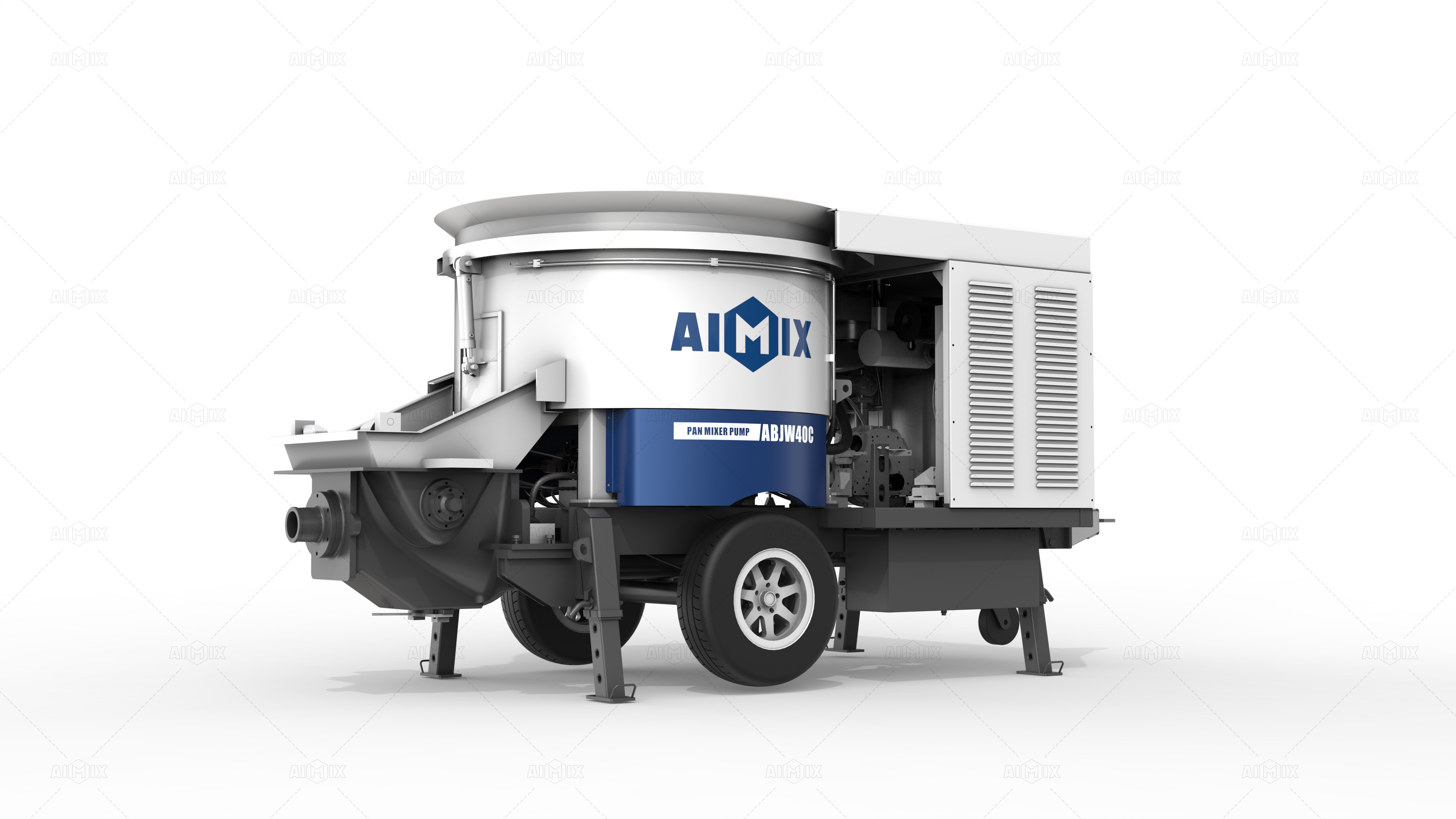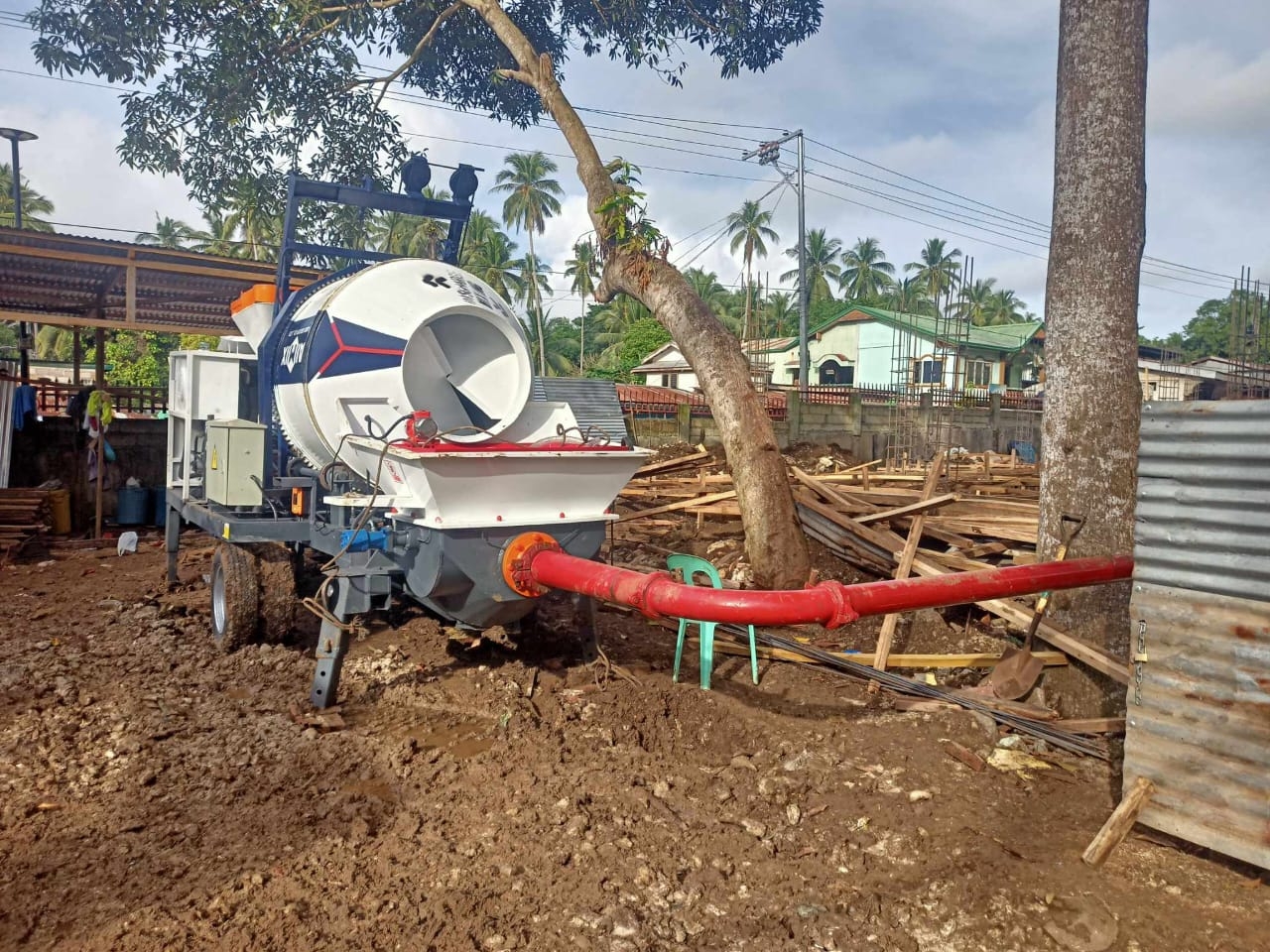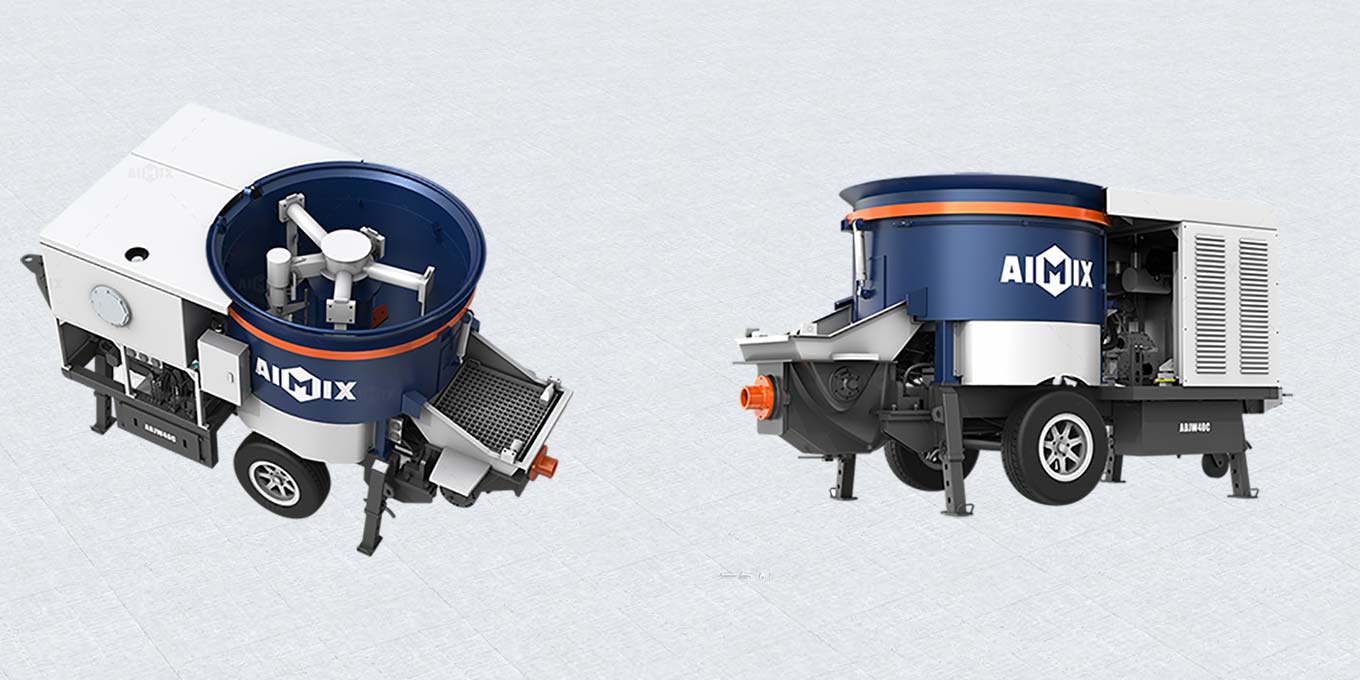The symphony of a well-orchestrated concrete pour hides a critical engineering ballet—the precise synchronization between mixer rotation and pump ejection speeds. When these rhythms fall out of alignment, projects face a cascade of consequences: from material segregation that weakens structural integrity to pump blockages that paralyze entire job sites. Mastering this velocity harmony transforms erratic workflows into predictable precision, turning what many consider black magic into repeatable science.
The Physics Behind Velocity Synchronization
Concrete behaves as a non-Newtonian fluid during pumping, its viscosity changing dynamically under shear stress. The mixer’s rotational velocity must maintain a specific ratio to the cement mixer pump’s volumetric flow rate—typically between 1:4 and 1:6 for standard mixes. Too slow, and aggregate settlement creates heterogeneous material layers in the pipeline. Too fast, and centrifugal force causes paste separation from aggregates. Modern systems employ rheology sensors that adjust both speeds in real-time, accounting for variables like ambient temperature and mix design variations that traditional methods overlook.

Consequences of Speed Mismatch
Disconnected mixer-pump speeds manifest in three catastrophic failure modes. First, laminar flow disruption creates pressure spikes exceeding 150 bar—enough to rupture hose couplings. Second, inconsistent slump values emerge mid-pour, producing weak planes in finished structures. Third, abrasive wear accelerates exponentially; just 10% speed variance can reduce pipeline lifespan by 400 hours. Case studies from bridge deck pours reveal that matched speed systems reduce material waste by 22% compared to manually controlled operations, while simultaneously cutting energy consumption through optimized hydraulic resistance.
Technological Solutions for Precision Control
Fourth-generation concrete mixer pump for sale now integrate three revolutionary technologies. MEMS-based inertial measurement units track drum rotation down to 0.25° precision, while magnetorheological dampers instantly compensate for load fluctuations. Most crucially, machine learning algorithms analyze historical performance data to predict optimal speed curves for specialty mixes like fiber-reinforced or ultra-high-performance concrete. These systems achieve synchronization tolerances within ±2%—a benchmark impossible for even the most skilled operators to maintain manually across eight-hour pours.

Operational Benefits Beyond the Pour
The ripple effects of perfected speed alignment extend far beyond the immediate construction process. Batch plants report 18% fewer rejected loads due to maintained consistency from plant to point-of-placement. Quality assurance teams document 35% fewer compressive strength outliers in test cylinders. Perhaps most significantly, the predictability enables just-in-time delivery models that reduce on-site inventory holding costs by up to 60%. This velocity harmony doesn’t just prevent problems—it unlocks new efficiencies across the entire concrete value chain.
The paradigm shift from viewing mixer and pump as separate components to treating them as a single biomechanical system represents one of concrete construction’s most underappreciated advancements. As projects push toward taller heights, longer spans, and more ambitious architectural forms, this synchronization will separate projects that merely function from those that endure. The difference between chaos and control ultimately comes down to a few precisely matched revolutions per minute—a reminder that in concrete construction, the smallest variables often wield the greatest influence.

Comments
No comments yet. Be the first to react!